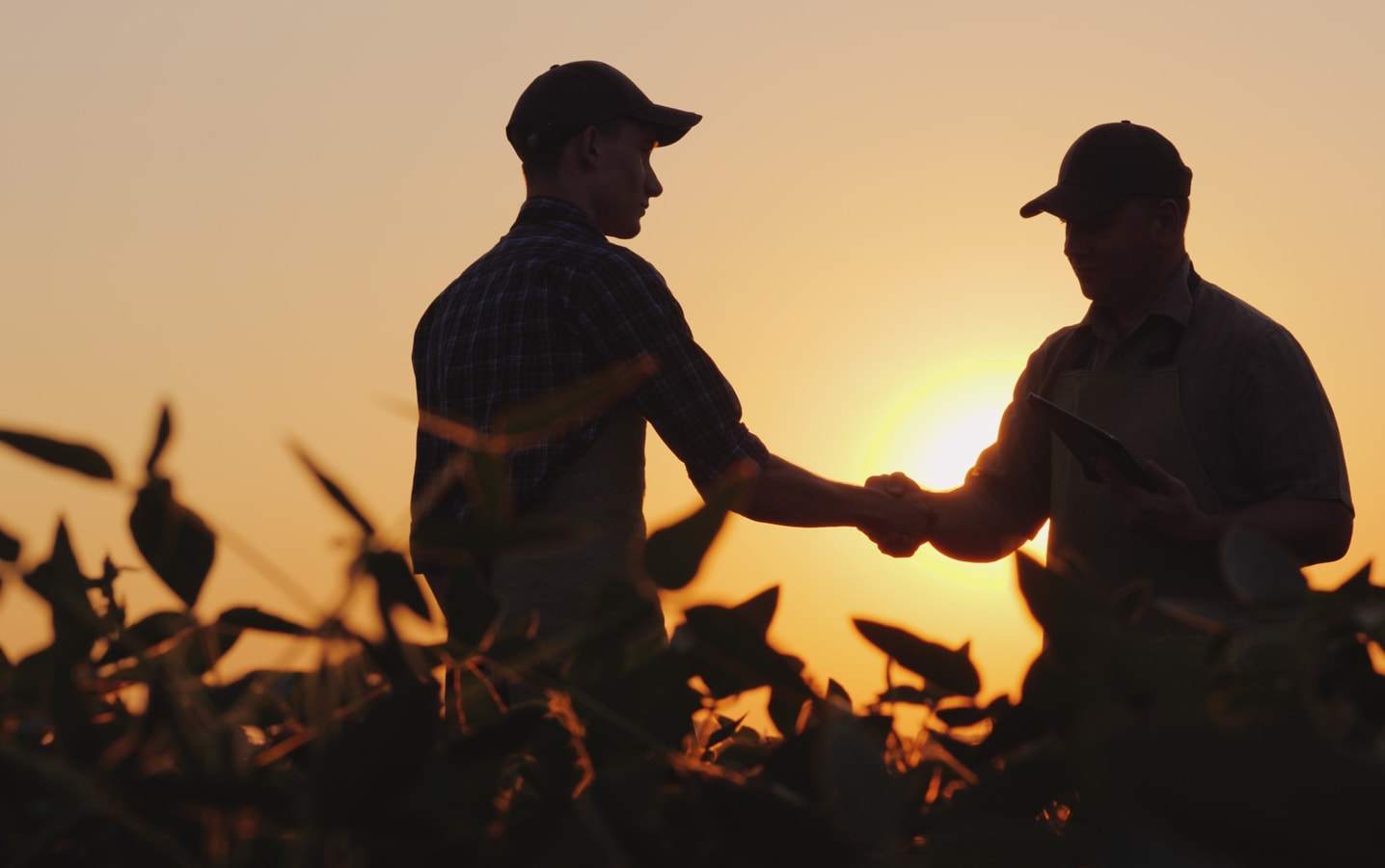Growers helping growers

SaskCanola
Lone Rock, Saskatchewan
Research committee chair
Research is essential to maintain our competitive edge. We’re in a world market for oilseeds and we are always competing against other countries and alternative crop substitutes. To make sure canola is the first choice for importers, we need a first rate product and we need to grow it efficiently.
By contributing to research, Saskatchewan canola growers can leverage matching provincial and federal government funds. In order to access these funds, we need to put up money and bring proposals forward. If we don’t use these funds, other industries will and we will get left behind. By being part of the funding process, growers can make sure to select research projects that help answer situations we encounter in the field.
I am interested in all research that can improve the profitability of my farm. I think of all the research that has gone into each bag of seed. Clubroot, blackleg and sclerotinia resistance genes are all great tools, and they took a lot of research to develop. I look at insect maps to assess risk, and these maps are based on research. Research to bring awareness of combine losses has meant I monitor combines closer in changing conditions.
These are just a few examples. I am using research discoveries in every step of my canola production.

Alberta Canola
Mundare, Alberta
Research committee chair
Research is the foundation of canola. Through the pioneering work of Drs. Stefansson and Downey, canola was developed from rapeseed into a valuable
crop which is the backbone of an industry that contributes over $26 billion to the Canadian economy each year.
For over 30 years, the results of grower-funded research have been instrumental to the success of canola in Western Canada and on my farm. Alberta Canola’s main driver for supporting research projects is to solve the challenges that farmers face in their fields and help farmers succeed in growing canola. The importance of proper fertilizer rates in line with yield expectations, methods on managing clubroot, and using proper grain storage and conditioning methods are all results from past research that are making a difference on my farm.
However, this information is of little use if canola growers and their support team of advisors and extension agents never see the results. This is why Alberta Canola has been a strong supporter of the Canola Digest and especially this Science Edition. It is but one way of getting the research results into the hands of the people that can make use of it in the field.
I hope that you will be able to glean some valuable information to make your operation more successful.

Manitoba Canola Growers
Starbuck, Manitoba
Research committee chair
Our committee reviews dozens of proposals each year and we then narrow that down to those projects we feel will provide the greatest benefit to canola producers. When making decisions on what projects to fund, we want to get the best bang for our research buck.
Manitoba Canola Growers invests in research because we, as farmers, expect that it will provide a return many times over in terms of improved farm profitability. By putting our money into research, Manitoba Canola Growers also gets Manitoba-based research results that can validate findings for projects done in other provinces or other countries. That way, we can make sure that research-based recommendations work in our Manitoba growing conditions.
I use research results on my farm all of the time. For example, Manitoba Canola Growers funded research on nitrogen inhibitors – which helped to show the situations where these products can work to reduce losses and improve nitrogen use efficiency.
I use research on safe rates for seed-placed fertilizer whenever I make my phosphate and nitrogen plans for canola. When it comes to seeding rates, I use the research on ideal plant populations for canola and the importance of seed size to calibrate the seeder so I can hit my targets.
All Manitoba Canola Growers benefit from farmer-selected and farmer-funded research. I hope you find a few ways to capture a good return from this research while reading through the Canola Digest Science Edition.





